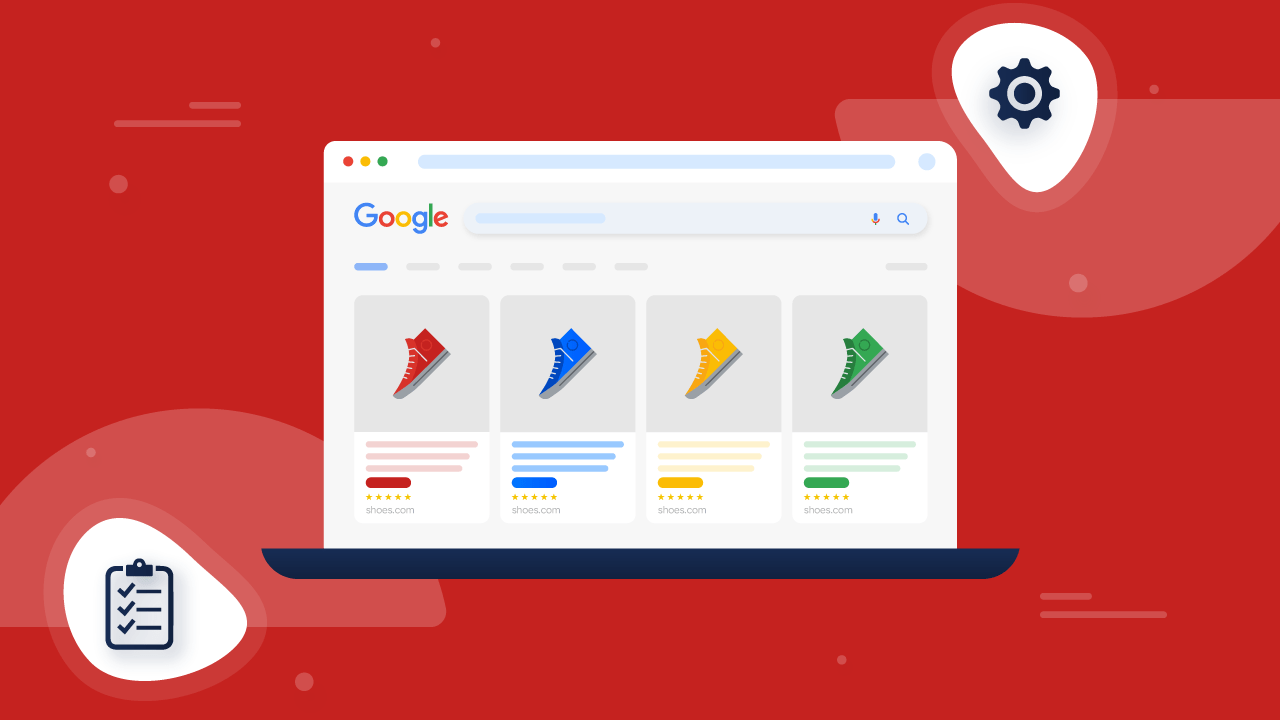
Every visitor to your website represents a gold nugget waiting to be mined. Conversion Rate Optimization (CRO) is the tool helping you mine, turning each click into a conversion. It turns online window shoppers into loyal customers.
CRO is the art of optimizing user experience to increase the percentage of visitors to take the desired action. The desired action can be buying a product, reading an article, or signing up for a newsletter. It is necessary to understand your audience to create a frictionless path that guides them towards conversion.
Let’s begin by discussing the benefits of CRO. Then, we’ll move on to understanding the conversion funnel, practical CRO techniques, A/B testing and data analysis, and advanced CRO strategies.
The Benefits of CRO
There are many varied benefits of CRO. It benefits your brand in terms of sales, user engagement, marketing efficiency, and business growth. The following are some benefits of CRO:
- Boosted conversion rates
- Improved ROI on marketing campaigns
- Enhanced user journeys
- Increased customer satisfaction
- Reduced reliance on paid advertising
- Enhanced competitive advantage
- Improved decision-making
- Sustainable business growth
Thus, the advantages of CRO extend far beyond simply increasing immediate sales. Prioritizing data-driven decisions, user experience, and continuous improvement leads to sustainable brand growth and success.
Understanding the Conversion Funnel
Now, let’s talk about the conversion funnel. It’s a visual model that maps the path a visitor to your website takes from being a casual visitor to becoming a customer. It is crucial to understand this path for identifying opportunities to enhance the customer experience and increase conversion. In this section, we’ll focus on the four parts of the conversion funnel: awareness, consideration, decision, and action.
Awareness
In the first stage, your goal is to introduce your brand or your product to potential customers to make them curious. You have to remove friction points like lack of brand awareness, irrelevant content, and unclear messaging. For optimization, you need to create compelling headlines, target relevant keywords, craft engaging content, and use social media to build awareness.
You can grab user attention by using WooCommerce Advanced Product Labels to highlight special offers or new products in product listings. This will be quite effective in driving users down the conversion funnel.
Consideration
At this stage, you need to educate users about your offerings and its benefits. This builds trust and convinces them to purchase for your brand. However, confusing website navigation may trip them up, along with overwhelming information and lack of social proof. To remove these obstacles, you should provide clear product descriptions, highlight essential features of products, offer helpful resources like comparisons and guides, and build credibility with trust signals.
Decision
This is the third stage of the conversion funnel. Your goal at this stage should be to help users make the final decision to purchase or convert. Possible problems for the users may include complex checkout processes, lack of payment options, or unclear pricing. It is beneficial to simplify the checkout process, offer multiple payment options, display pricing tags transparently, and address common questions.
Action
This is the final stage of the conversion funnel, in which your brand helps with the smooth completion of the desired action. The user may face obstacles like delayed confirmation, technical errors, or a poor post-purchase experience. It is advantageous to optimize your website speed, provide clear confirmation messages, offer excellent customer support, and personalize the experience with relevant recommendations.
As users go through the conversion funnel, it is helpful for you to know the stage they’re on. It allows you to measure progress and focus optimization efforts. You should analyze data at the different stages to understand user behavior patterns and uncover friction points.
Practical CRO Techniques
Next, we’ll look at some practical CRO techniques. They enable you to focus on increasing your CRO.
Headline Optimization
The first thing a user sees about your website is generally the headline. Thus, you need to optimize it for increased conversions. For this purpose, you should communicate the value propositions, immediately grabbing attention. Focus on benefit-driven messaging to highlight the benefits users will get from your brand or your product. You should also use emotional triggers to make the visitors more inclined to take action.
Landing Page Optimization
Next, focus on optimizing your landing page. Use a visual hierarchy to guide the user’s eye toward the most important elements of the pages, like the headline, value proposition, or CTA. Keep the page concise for easy understanding.
Besides that, it is beneficial to use strong verbs and visual cues to make CTAs stand out. Social proof and high-quality visuals are other essential elements of your landing page optimization.
In terms of technical optimization, you need to ensure that the landing page is mobile-friendly and fully optimized. Fast loading times are another necessity for your website, but especially so for your landing page. Also, make your website security up-to-date. You can learn more about website security here.
Form Optimization
Forms are another element of your website that needs to be optimized for a better conversion rate. It can be done by minimizing the number of required fields to avoid overwhelming users. Also, break down long forms into smaller ones to make the process seem quicker. Clear labels and instructions are beneficial to guide users into understanding what’s required.
Apart from that, you should provide visual cues to show users how much of the form they’ve completed. Validating user input in real-time is another way of preventing the user from growing frustrated. Finally, offer clear error messages to guide users into correcting any mistakes.
Offer and Value Proposition Optimization
Your offer and value proposition are best optimized by following these strategies:
- Highlight unique selling points to differentiate your brand from competitors.
- Through your offer, address your target audience’s problems.
- Communicate to users clearly what benefits they get from converting.
- Display pricing information clearly upfront, to avoid any surprises.
- Test different offers and value propositions to know what resonates best with your audience.
CTA Optimization
This is the final part of your website that needs to be optimized for a better conversion rate. Strong verbs and action-oriented language like “Get Started Now” encourage the user to take action. Besides that, you should make the CTA prominent with contrasting colors and other eye-catching design elements.
Position the CTA strategically within natural conversion points to encourage the user to click on it. Additionally, you should experiment with different variations using A/B testing. You can change the colors, font, size, and placement of the CTA for different versions.
A/B Testing and Data Analysis
In the realm of CRO, A/B testing is a necessity. Some strategies for this are discussed in this section.
A/B Testing
These strategies are split URL testing and multivariate testing. The former allows you to compare two different landing pages while the former enables testing the combined effect of multiple changes of a page. Apart from these, you can also perform simple A/B tests to compare two variations of a single element.
Data Analysis
There are some key metrics to track, including conversion rate, click-through rate, average session duration, heatmaps, scroll maps, and bounce rate. This enables you to analyze what your users are doing, based on data. Moreover, you will be able to make productive data-driven decisions.
Advanced CRO Strategies
Now, let’s discuss some advanced CRO strategies. These will help you unlock even greater conversion potential. Personalization is one of these strategies. It enables you to customize the user experience based on individual preferences and past behavior.
Another strategy is user segmentation. With this, you can group your audience into clear, distinct segments based on shared experiences or demographics to deliver more relevant experiences. You can learn more about user segmentation here.
Finally, you can also use remarketing to increase CRO. It allows you to reconnect with past visitors who didn’t convert immediately.
Conclusion
CRO is not just a process; it’s a potent tool that transforms clicks into customers, fueling sustainable growth and unlocking the true potential of your digital presence. Embrace data-driven optimization, experiment with advanced strategies, and witness your website evolve into a conversion powerhouse.







